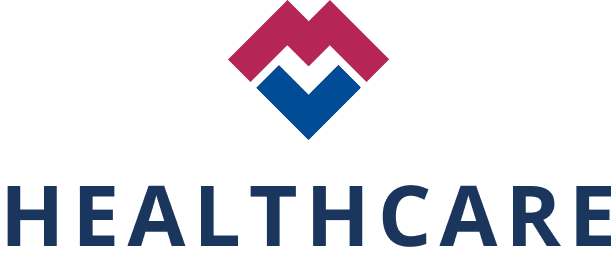Healthcare tech company
Global healthcare technology leader pushes faster innovation by reducing testing time by 50%, which included testing of SAP applications

Company overview
One the world’s largest healthcare companies is firmly committed to improving people’s health and well-being through innovation on everything from artificial intelligence to machine learning and virtual reality. In addition to the medical technology that is used in healthcare settings worldwide, this involves constantly updating and re-envisioning innovative internal systems. In all cases, releases require the upmost confidence in quality given the nature of their critical and highly regulated business.
A large part of what allows this organization to achieve its mission are its internal SAP and Informatics systems. These systems touch every part of the organization: sales, materials management, warehouse and plant management, quality management, and finance. Flawless system updates and releases are critical to business and must be delivered at speed.
In the early 2000s, internal efforts were made to improve the process of testing critical systems by introducing test automation. A script-based testing tool (HP UFT) was purchased and deployed. However, it did not meet the expectations of the domain experts and the quality assurance team. The previous tool required significant time to create and maintain test automation and the effort needed outweighed the benefits of automated test execution.
The organization set out to find a tool that could help the organization expand the scope of test automation and help them reach new levels of automation maturity. They recognized that this required a tool that enabled testers and domain experts to create test automation without extensive technical training and keep the automation running without constant updating and disruption.
 Industry: Healthcare
Industry: Healthcare Location: Global
Location: Global Products:
Products: